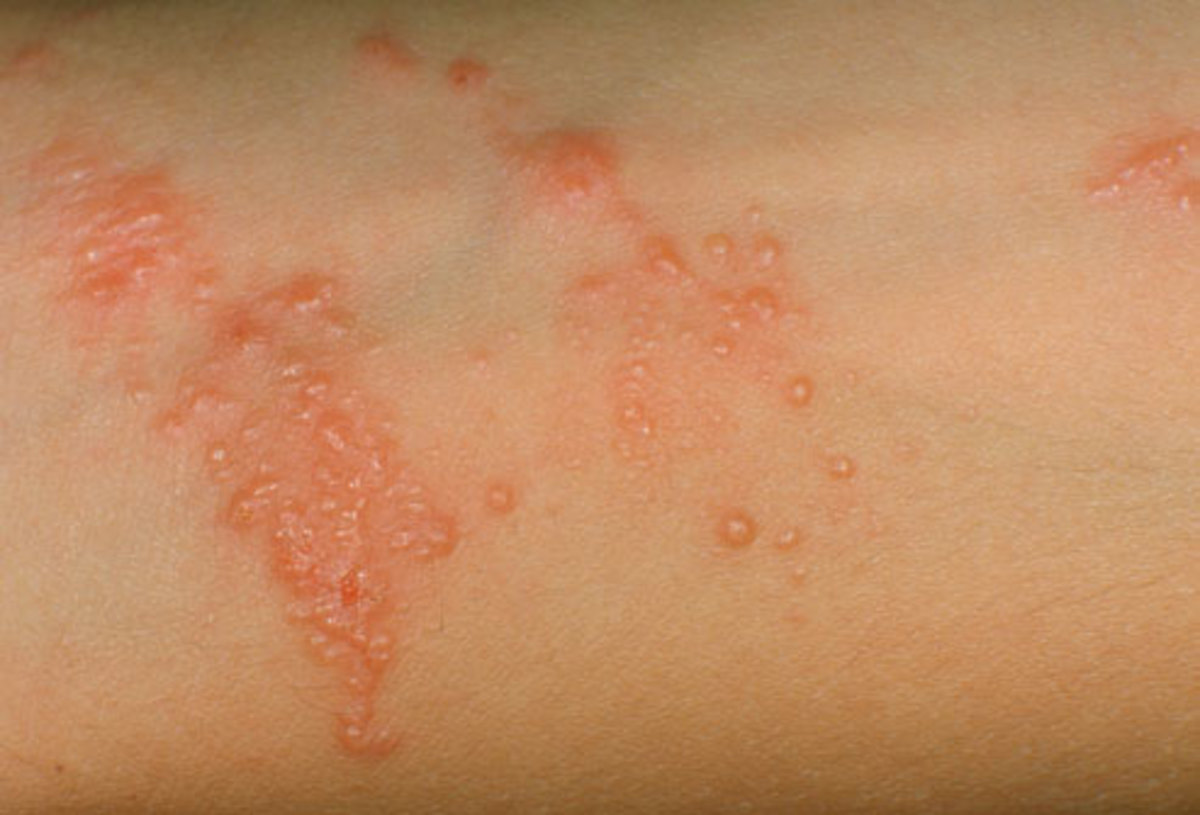

Poison Sumac – Photos courtesy of US Dept. Unlike beneficial sumacs, which have red berries, poison sumac may be identified by the white berries it produces. Instead, this plant has 7 – 13 leaves arranged in pairs down the stem with a single leaf at the tip. Poison sumac does not follow the “leaves of three” rule. Poison oak also has three leaflets, but leaves are usually lobed and resemble those found on oak trees.

Poison ivy can grow like a vine, groundcover, or shrub.

Leaves are bright green in the summer months, but transition to vibrant gold or red in the fall. The leaflets may have a smooth, wavy, or serrated edge. Poison ivy has three leaflets budding from a single stem. When you encounter an unfamiliar plant in the wild, a good rule of thumb is “ leaves of three, let them be” (though not all plants in the toxic trio follow this rule). Keep yourself and those you love safe-learn how to identify the most common poisonous plants and what to do if you or a family member are exposed.Īny time spent outdoors increases the likelihood you’ll run into one of the three most common poisonous plants in Texas, also known as “the toxic trio”-poison ivy, poison oak, and poison sumac. Summer adventures in Texas’ great outdoors means potential exposure to poisonous plants.


 0 kommentar(er)
0 kommentar(er)
